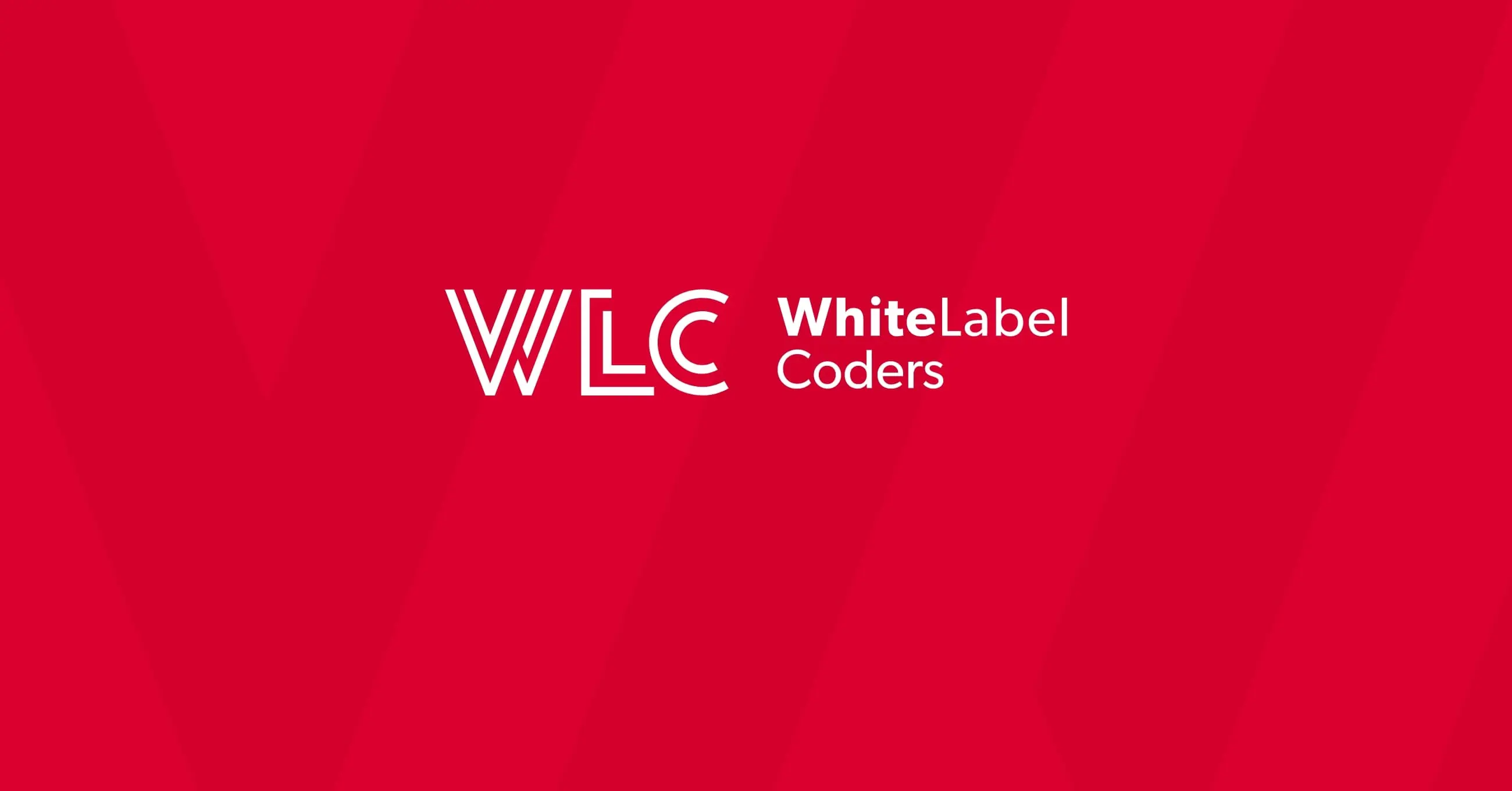Category: WooCommerce
What is the difference between WooCommerce and eCommerce?

Ever found yourself scratching your head, wondering about the difference between WooCommerce and eCommerce? You’re not alone. These terms often get tossed around interchangeably in online business conversations, causing confusion for entrepreneurs and business owners looking to establish their digital presence. In this article, we’ll unravel this common confusion, exploring how these concepts relate to each other and—more importantly—how understanding their relationship can help you make better decisions for your online business. Whether you’re just starting your digital journey or looking to refine your existing online store, grasping these distinctions will save you time, money, and potential headaches down the road.
Understanding the fundamentals: What are WooCommerce and eCommerce?
Before diving into the nitty-gritty details, let’s establish the fundamental difference: eCommerce is the broad concept of buying and selling goods and services online, while WooCommerce is a specific tool—a WordPress plugin—that helps you implement eCommerce functionality on a WordPress website.
Think of it this way: eCommerce is like “transportation,” a general concept encompassing many methods of getting from point A to point B. WooCommerce, on the other hand, is like a specific vehicle—say, a car—that represents just one way to achieve transportation.
Understanding this distinction is crucial because it frames how you’ll approach your online business strategy. Many business owners make the mistake of asking, “Should I use eCommerce or WooCommerce?” when the real question should be, “Is WooCommerce the right eCommerce solution for my business?”
What exactly is eCommerce?
eCommerce (electronic commerce) encompasses all commercial transactions conducted electronically over the internet. It’s not a platform or a tool—it’s an entire business model and approach to buying and selling.
The world of eCommerce includes various models:
- B2B (Business-to-Business): Transactions between companies, like wholesale operations
- B2C (Business-to-Consumer): The most common model where businesses sell directly to end consumers
- C2C (Consumer-to-Consumer): Platforms like eBay where consumers sell to each other
- D2C (Direct-to-Consumer): Manufacturers bypassing retailers to sell directly to consumers
An eCommerce ecosystem typically includes several components:
| Component | Function |
|---|---|
| Website/Store Platform | The digital storefront where products are displayed |
| Shopping Cart System | Allows customers to select and save products for purchase |
| Payment Processing | Handles secure financial transactions |
| Inventory Management | Tracks product availability and stock levels |
| Shipping Integration | Calculates shipping costs and manages logistics |
| Customer Management | Stores customer data and purchase history |
Have you considered how these components work together to create a seamless shopping experience? The success of your online business often depends on how well these elements integrate with each other.
How does WooCommerce fit into the eCommerce landscape?
WooCommerce is a specific solution within the broader eCommerce ecosystem—it’s an open-source plugin that transforms a WordPress website into a fully functional online store. Rather than being an alternative to eCommerce, it’s simply one method of implementing eCommerce functionality.
Since its launch in 2011, WooCommerce has grown to power approximately 28% of all online stores worldwide, making it one of the most popular WooCommerce development platforms. Its popularity stems from its deep integration with WordPress, which powers more than 40% of all websites on the internet.
WooCommerce isn’t just a plugin; it’s an ecosystem that extends WordPress’s capabilities into a robust eCommerce solution, complete with thousands of extensions and themes that can transform your online store into virtually anything you envision.
The architecture of WooCommerce is built on WordPress’s foundation, which gives it several distinct advantages:
- It inherits WordPress’s user-friendly content management capabilities
- It leverages existing WordPress themes and can be styled to match your brand
- It can be extended with thousands of plugins from both the WordPress and WooCommerce ecosystems
- It benefits from the large WordPress developer community for support and customisation
Key differences between WooCommerce and other eCommerce platforms
When comparing WooCommerce to other eCommerce platforms like Shopify, Magento, or BigCommerce, several key differences emerge that might influence your choice:
| Factor | WooCommerce | Other eCommerce Platforms |
|---|---|---|
| Cost Structure | Free plugin, but costs for hosting, domain, premium extensions | Usually subscription-based with tiered pricing plans |
| Ownership & Control | Complete ownership of data and code | Often limited by platform terms and conditions |
| Customisation | Highly customisable with unlimited flexibility | Often limited to platform-approved modifications |
| Hosting | Self-hosted (you choose and manage the server) | Typically hosted by the platform provider |
| Technical Expertise | Moderate technical knowledge or professional help recommended | Often designed for easier DIY setup |
Remember that choosing between WooCommerce and other platforms isn’t about which is universally “better,” but rather which aligns best with your specific business needs, technical capabilities, and growth plans.
When should you choose WooCommerce for your online business?
WooCommerce may be the ideal solution for your business if:
You’re already using WordPress
If your business already has a WordPress website, adding WooCommerce is a natural extension rather than building a new store from scratch on another platform.
You need extensive customisation
For businesses with unique product offerings or specific workflow requirements, WooCommerce’s flexibility allows for virtually unlimited customisation through custom WooCommerce development efforts.
You’re budget-conscious but growth-oriented
WooCommerce allows you to start small with minimal investment and scale up as your business grows, adding functionality only when needed.
You value ownership and control
With WooCommerce, you own your data and have complete control over your store’s functionality, appearance, and customer experience.
When evaluating if WooCommerce is right for you, consider these questions:
- How comfortable are you with managing a self-hosted solution?
- Do you have unique needs that off-the-shelf solutions can’t address?
- Is content marketing an important part of your strategy? (WordPress excels here)
- Are you prepared to handle security and updates yourself or hire someone to do so?
Implementing WooCommerce: Requirements and considerations
If you’ve decided that WooCommerce is the right choice for your business, here’s what you’ll need to get started:
Technical requirements
- A domain name (your store’s web address)
- Quality hosting that meets WooCommerce’s recommended specifications
- WordPress installed on your hosting (most hosts offer one-click installation)
- The WooCommerce plugin itself (free from WordPress.org)
- SSL certificate for secure transactions (often included with hosting)
Essential extensions to consider
While WooCommerce is powerful out of the box, most stores benefit from additional functionality through extensions:
- Payment gateways specific to your region (PayPal, Stripe, etc.)
- Shipping calculation and label printing tools
- Tax calculation extensions for your jurisdiction
- Marketing and SEO tools to drive traffic
- Customer relationship management integrations
Setting up a WooCommerce store involves several steps beyond simply installing the plugin. For a professional implementation that ensures a smooth customer experience, many businesses choose to work with WooCommerce development specialists who can handle the technical details while you focus on your products and marketing strategy.
Key takeaways: Making the right choice for your eCommerce needs
As we’ve explored throughout this article, WooCommerce is not an alternative to eCommerce—it’s one specific way to implement eCommerce functionality, particularly suited to WordPress websites and businesses that value flexibility and control.
When deciding on your eCommerce solution, remember these key points:
- eCommerce is the broad concept of online selling; WooCommerce is one specific tool to accomplish it
- WooCommerce offers exceptional flexibility and customisation but requires more hands-on management
- Your existing technical infrastructure, budget constraints, and growth plans should guide your decision
- The best platform is the one that aligns with your specific business needs and capabilities
Whether you choose WooCommerce or another platform, the most important factor is selecting a solution that allows your business to provide an exceptional customer experience while remaining manageable for your team.
Are you considering implementing WooCommerce for your business? Remember that with the right development partner, even complex eCommerce requirements can be addressed through custom solutions tailored to your specific needs. The flexibility of WooCommerce, combined with professional implementation, can provide your business with a powerful online selling platform that grows with you.

